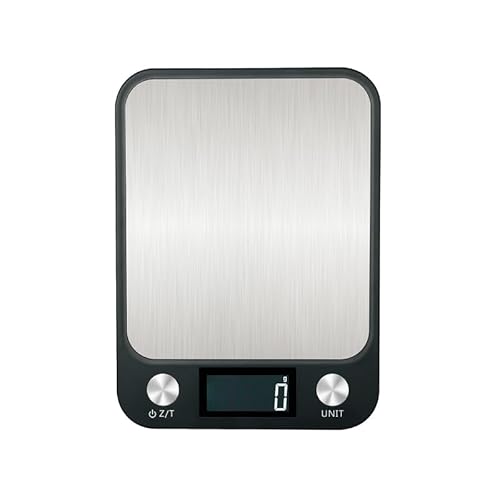Sunflower oil 15%
Coconut oil 30%
Canola oil 40%
Rice bran oil 10%
Castor oil 5%
Water as percwnt of oil 38%
Fragrance oil 31%
Super Fat 5%
I am a beginner soap maker and this will be the first cold process i ever make. I put all the oil percentages in soap calc and it gave me the recipe but I dont know if it will end up making a good bar of soap or not. My concern if what if its aoft bcz according to soap calc the hardness will be 30. How much salt or citric acid or anything should i add in it to make it a really good bar if soap. Pls help

Coconut oil 30%
Canola oil 40%
Rice bran oil 10%
Castor oil 5%
Water as percwnt of oil 38%
Fragrance oil 31%
Super Fat 5%
I am a beginner soap maker and this will be the first cold process i ever make. I put all the oil percentages in soap calc and it gave me the recipe but I dont know if it will end up making a good bar of soap or not. My concern if what if its aoft bcz according to soap calc the hardness will be 30. How much salt or citric acid or anything should i add in it to make it a really good bar if soap. Pls help












































